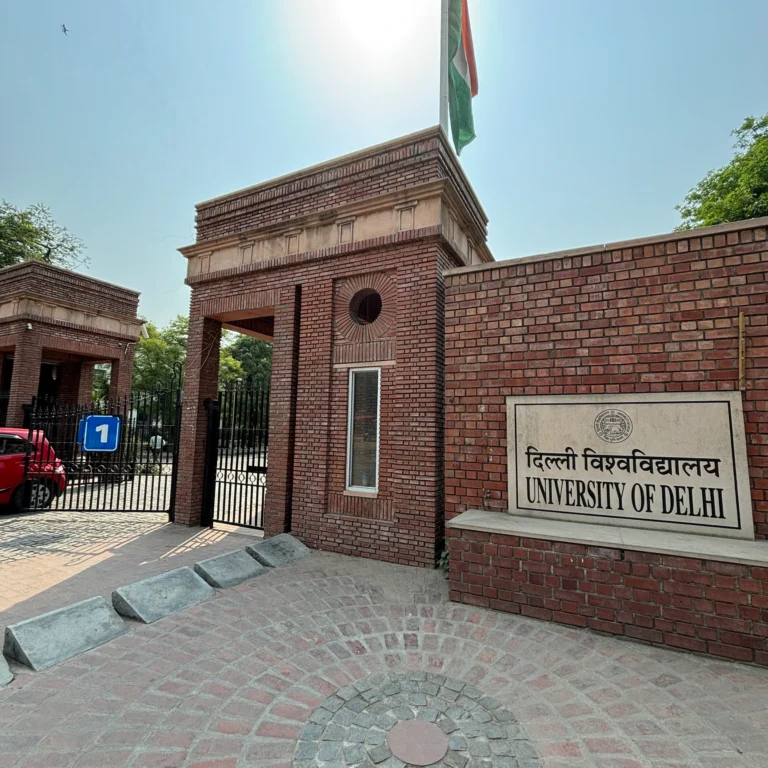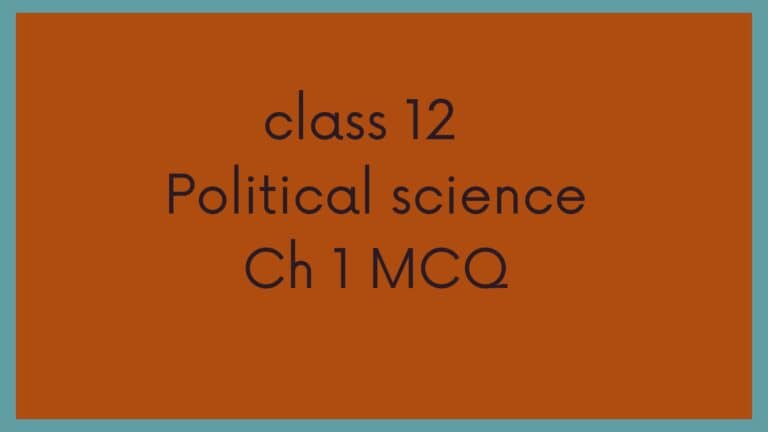CUET History MCQ Practice And PDF | CUET 2026 Best History MCQ
This article will provide you with CUET History MCQ Practice and PDF. The CUET 2026 Best History MCQ PDF can help you achieve the best score in your exams. You can use the MCQ for CUET 2026 History domain preparation. Here I will provide you with the top 50 best History MCQ for CUET exams. Use them for your preparation, and download the PDF so that you can refer to it later as well. You can also check our Best CUET History MOCK Test. You can also get the complete explanations of the chapter on our YouTube channel.

CUET History MCQ PDF Download
Top 50 CUET History MCQ
Below are 50 multiple-choice questions covering Ancient, Medieval, and Modern Indian History. Questions are numbered 1–50 with four options each. An answer key follows the question set.
Ancient India
- The Harappan city of Dholavira is located in
A. Rajasthan
B. Gujarat
C. Punjab
D. Haryana - Which Vedic text refers to the Battle of the Ten Kings?
A. Rigveda
B. Samaveda
C. Yajurveda
D. Atharvaveda - Who wrote the Buddhist text “Abhidhamma Pitaka”?
A. Mahavira
B. Ashvaghosha
C. Nagarjuna
D. No single author (compiled by council) - The Brihadeshwara Temple was built by which Chola ruler?
A. Rajaraja I
B. Rajendra I
C. Kulothunga I
D. Parantaka I - The concept of “Sixteen Mahajanapadas” is mentioned in the
A. Mahabharata
B. Arthashastra
C. Mahavamsa
D. Vedas - The Indo-Greeks invaded India during the reign of
A. Chandragupta Maurya
B. Bindusara
C. Ashoka
D. Samudragupta - The famous rock edicts at Dhauli were inscribed by
A. Ashoka
B. Kharavela
C. Samudragupta
D. Chandragupta II - The Lothal site is best known for its
A. Dockyard
B. Great Bath
C. Citadel
D. Granary - Which language was used in Gupta court inscriptions?
A. Sanskrit
B. Prakrit
C. Pali
D. Tamil - The name of the ancient university at Taxila was
A. Nalanda
B. Vikramashila
C. Valabhi
D. Ujjayini
Medieval India
- The founder of the Delhi Sultanate was
A. Iltutmish
B. Qutb-ud-din Aibak
C. Razia Sultan
D. Balban - Which ruler introduced the Iqta system?
A. Alauddin Khilji
B. Iltutmish
C. Muhammad bin Tughlaq
D. Firoz Shah Tughlaq - The Jizya tax was reintroduced by
A. Babur
B. Akbar
C. Aurangzeb
D. Shah Jahan - The “Ain-i-Akbari” was written by
A. Abdul Hamid Lahori
B. Abul Fazl
C. Badayuni
D. Munim Khan - The Vijayanagara Empire was founded by
A. Harihara I and Bukka I
B. Krishnadevaraya
C. Devaraya II
D. Saluva Narasimha - The Bahmani Sultanate was established in
A. 1327 CE
B. 1347 CE
C. 1402 CE
D. 1422 CE - Which Mughal emperor shifted the capital from Agra to Delhi?
A. Babur
B. Humayun
C. Akbar
D. Shah Jahan - The Saluva, Tuluva, and Aravidu were dynasties of
A. Vijayanagara
B. Bahmani
C. Kakatiya
D. Chalukya - The Persian historian who wrote “History of Medieval India” was
A. Alberuni
B. Ferishta
C. Ibn Battuta
D. Marco Polo - The city of Fatehpur Sikri was founded by
A. Akbar
B. Jahangir
C. Shah Jahan
D. Aurangzeb
Modern India (Pre-1857)
- The Regulating Act of 1773 established
A. Supreme Court at Calcutta
B. Governor-General of India
C. Indian Civil Service
D. Board of Control - Who founded the Asiatic Society of Bengal in 1784?
A. William Jones
B. Warren Hastings
C. Lord Cornwallis
D. Thomas Macaulay - The Doctrine of Lapse was introduced by
A. Lord Wellesley
B. Lord Dalhousie
C. Lord Canning
D. Lord Curzon - The Charter Act of 1813 ended the monopoly of East India Company over
A. Salt trade
B. Indian cotton
C. Trade with China
D. Trade with America - The Peshwa at the time of the Third Anglo-Maratha War was
A. Madhavrao II
B. Baji Rao II
C. Nana Saheb
D. Balaji Vishwanath - The Santhal rebellion occurred during
A. 1855–56
B. 1830–31
C. 1875–76
D. 1848–49 - The Permanent Settlement was introduced in
A. Bengal
B. Madras
C. Bombay
D. Punjab - Who wrote “The Communist Manifesto”?
A. Karl Marx and Friedrich Engels
B. Vladimir Lenin
C. Joseph Stalin
D. Leon Trotsky - The first session of the Indian National Congress was held at
A. Bombay
B. Calcutta
C. Madras
D. Allahabad - The Vernacular Press Act was enacted in
A. 1860
B. 1878
C. 1898
D. 1905
Modern India (1857–1947)
- The leader of the 1857 revolt in Awadh was
A. Rani Lakshmibai
B. Begum Hazrat Mahal
C. Tantia Tope
D. Nana Saheb - The Indian Councils Act of 1909 is also known as
A. Morley-Minto Reforms
B. Montagu-Chelmsford Reforms
C. Government of India Act
D. Gandhi-Irwin Pact - Who founded the Servants of India Society in 1905?
A. Gopal Krishna Gokhale
B. Dadabhai Naoroji
C. Bal Gangadhar Tilak
D. Lala Lajpat Rai - The Lucknow Pact was signed between Congress and
A. Muslim League
B. Swaraj Party
C. Khilafatists
D. Home Rule League - The Rowlatt Act was passed in
A. 1917
B. 1919
C. 1922
D. 1935 - Who presided over the Lahore Session of Congress in 1929?
A. Jawaharlal Nehru
B. Subhas Chandra Bose
C. Motilal Nehru
D. Mahatma Gandhi - The Civil Disobedience Movement began with the Dandi March in
A. 1928
B. 1930
C. 1932
D. 1935 - The Poona Pact was signed in 1932 between Gandhi and
A. Mohammad Ali Jinnah
B. Dr. B.R. Ambedkar
C. C.R. Das
D. Maulana Azad - The Cabinet Mission arrived in India in
A. 1942
B. 1946
C. 1945
D. 1947 - Mountbatten Plan of 1947 is also called the
A. Indian Independence Act
B. Partition Plan
C. Wavell Plan
D. Cripps Mission
Post-Independence India
- The first Five-Year Plan was launched in
A. 1947
B. 1951
C. 1956
D. 1961 - Who was the first Indian woman to become Prime Minister?
A. Indira Gandhi
B. Sarojini Naidu
C. Sucheta Kriplani
D. Vijaya Lakshmi Pandit - The Green Revolution in India began mainly in
A. Punjab and Haryana
B. Uttar Pradesh and Bihar
C. West Bengal and Odisha
D. Tamil Nadu and Kerala - The Mandal Commission report dealt with
A. Economic reforms
B. Backward classes reservation
C. Centre-State relations
D. Industrial licensing - The Lahore Declaration between India and Pakistan was signed in
A. 1988
B. 1999
C. 1972
D. 2003 - Operation Blue Star was carried out in
A. 1984
B. 1987
C. 1975
D. 1991 - The Right to Education was made a fundamental right by the
A. 86th Amendment
B. 73rd Amendment
C. 42nd Amendment
D. 91st Amendment - When was the Goods and Services Tax (GST) implemented in India?
A. 1 April 2015
B. 1 July 2017
C. 1 April 2016
D. 1 January 2018 - The National Rural Employment Guarantee Act was enacted in
A. 2002
B. 2005
C. 2008
D. 2010 - The first Chief Election Commissioner of India was
A. Sukumar Sen
B. K.V.K. Sundaram
C. T.N. Seshan
D. S. Mullick
Answer Key for CUET History MCQ
- B
- A
- D
- A
- B
- D
- A
- A
- A
- A
- B
- B
- C
- B
- A
- A
- C
- A
- B
- A
- B
- A
- B
- C
- B
- A
- A
- A
- A
- B
- B
- A
- A
- A
- B
- B
- B
- B
- B
- B
- B
- A
- A
- B
- A
- A
- A
- B
- B
- A
- NEHU CUET 2025 Statistics Merit List PDF Download
- BHU CUET UG 2025 Merit List PDF download | BHU CUET Cutoff
- Top 5 Commerce Colleges Without CUET 2026
- Class 10 IFM Unit 5 Derivatives Most Imp MCQ | Financial Markets
- Best Commerce Colleges in Mumbai – Complete Guide to Admission, Fees and Placements 2025







One Comment